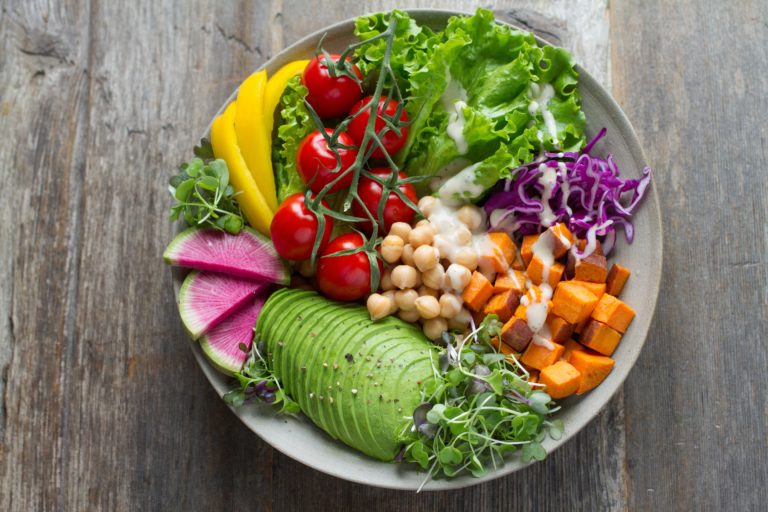Time Saving Tips: Navigating Grocery Stores Like a Pro
Navigating grocery stores can be a confusing maze. Not only is it complicated to work your way through a store, but you often have to visit multiple locations to get everything on your list. No one wants to waste precious time getting lost in a store. In order to minimize this headache, let’s review how to better manage your shopping experience. This is Time Savings Tips: Navigating Grocery Stores Like a Pro.

USE YOUR ULTIMATE GROCERY LIST
- As we discussed last week, having a well-organized grocery list is the key to an efficient shopping.
- The ultimate list becomes your guide, and carves a path through each store. You have already completed half the planing just with this first step.
- With your list sorted by store, then department, you will move through each with ease. Once you map your stores using the tips below, re-sort your list to follow the correct order.
MENTALLY OR PHYSICALLY MAP EACH STORE
- Think about the layout of each of your stores. Assuming you shop there often and know them well, you won’t have a. problem. And if you don’t, ask Customer Service for a map and department list, or a free store tour. These resources are available both in person and online.
- It might even help to literally draw out a map of your store if one isn’t available. A visual depiction of the store layout will help familiarize you with each department, and become more comfortable with how to navigate it.
- Typically store departments are arranged in a U-shape, with perishable items set around the perimeter. Produce will be at the front off to one side, usually followed by dairy, meat, and deli/prepared foods completing the U. If you follow a real food lifestyle, these are the departments you will focus on as much as possible. Then only entering the interior aisles for specific items as needed.
Build Your Route
This is the most important step, and for good reason. We can get easily distracted if we enter a store without a plan.
- Once you have a mental map of each store, begin building your route. It is typically best to start at one end and work your way towards the other. Avoid beginning in the department nearest the door where you enter, as foot traffic gets bottlenecked at the front of the store. You can bypass traffic and save yourself some time by walking directly to the other end and working your way back towards the exit nearest your car.
- My route in nearly every store I shop in looks like this:
- Produce – I like to get all my fresh food first. Both because this is the bulk of what I consume, but also because it fills up my cart and leaves less room for impulse buys.
- Meat and Dairy – A bulk of our meat comes from a local farm share, so this one is a very quick category for me. Dairy is limited as well, so I can knock out both of these in a few minutes.
- Prepared Foods – these are typically at the opposite end of the store from where I started, so I know I am nearing the end of my list.
- Frozen – I get these items last for obvious reasons, and they are usually near the checkout lanes.
- Pantry/Dry goods – these are filler items. I duck into aisles and grab these between the above 4 departments. This is where knowing your store comes in handy.
View Sales and Clip Coupons in Advance
Nearly every store lists their weekly sales online, and/or has signs and collateral available in-store the week prior. For instance, see Whole Food’s weekly sales and Trader Joes featured products.
If you plan this ahead it helps avoid impulse purchases and getting distracted by studying the sales once you arrive. The goal is to get in and out of the store as quickly as possible.
You can also use sales flyers as a means of meal planning. If you know rotisserie chicken and broth are on sale, you already have the ingredients for two meals. A fresh chicken one night, and leftover quick chicken soup the following day.
Shop at The Right Times
We have all experienced the frustration that is shopping during peak weekend hours. Obviously we cannot help this sometimes, because life happens. Thankfully there are ways to avoid these high traffic periods when possible. Either way, these tips will help us shuffle around our schedule to accommodate shopping when it works best for us.
- Start by typing your store location into Google and you will find the peak times listed by day and hour. They are usually what you would expect, with a lunch and dinner rush during the week and a few peaks over the weekend.
- Shopping near store opening and closing is another great window. You will basically have the store to yourself.
- Next think about when you have free time, and when it is most convenient for you to shop. Is this during the week or on a weekend?
- If you work during the week, take a detour on your lunch break. Weather pending, store items in a cooler bag in your car. Or bonus if you work close to home and can even drop them off in your own refrigerator.
- For families, consider what works best for you as a team. Maybe this means one of you shops on their way home from work, or a family members comes and stays with the kids while you run out in the afternoon.








